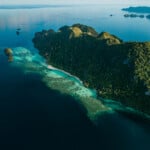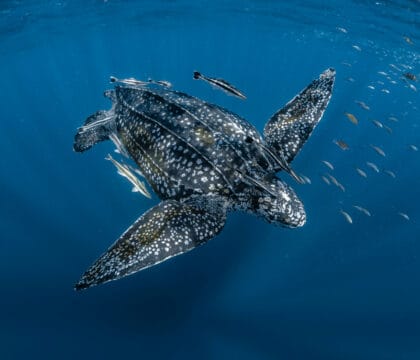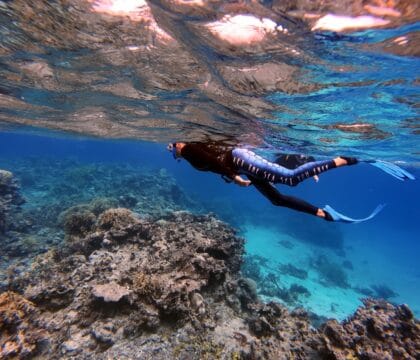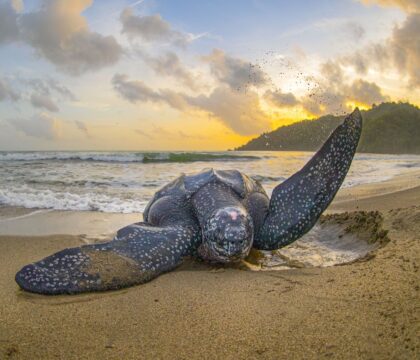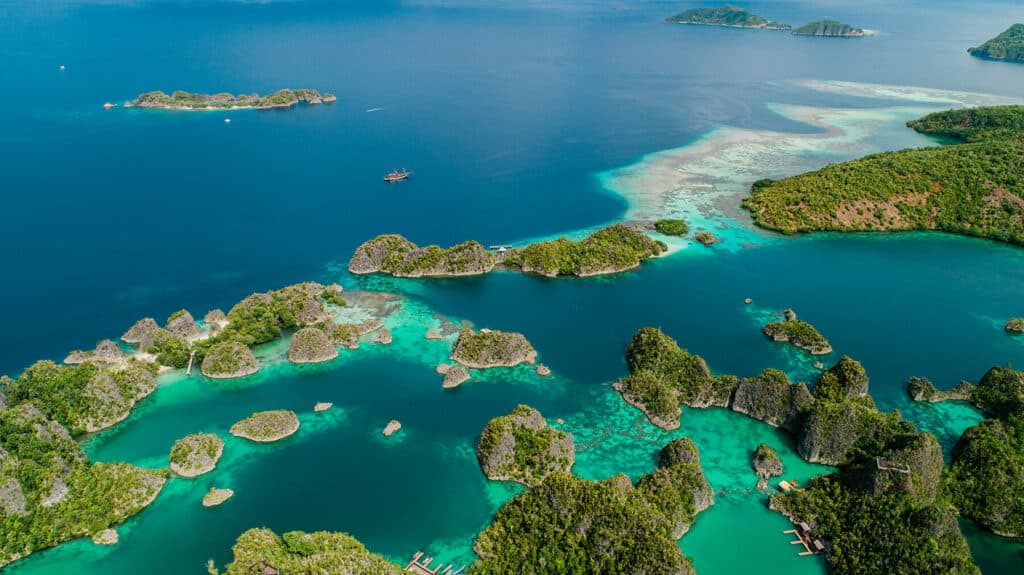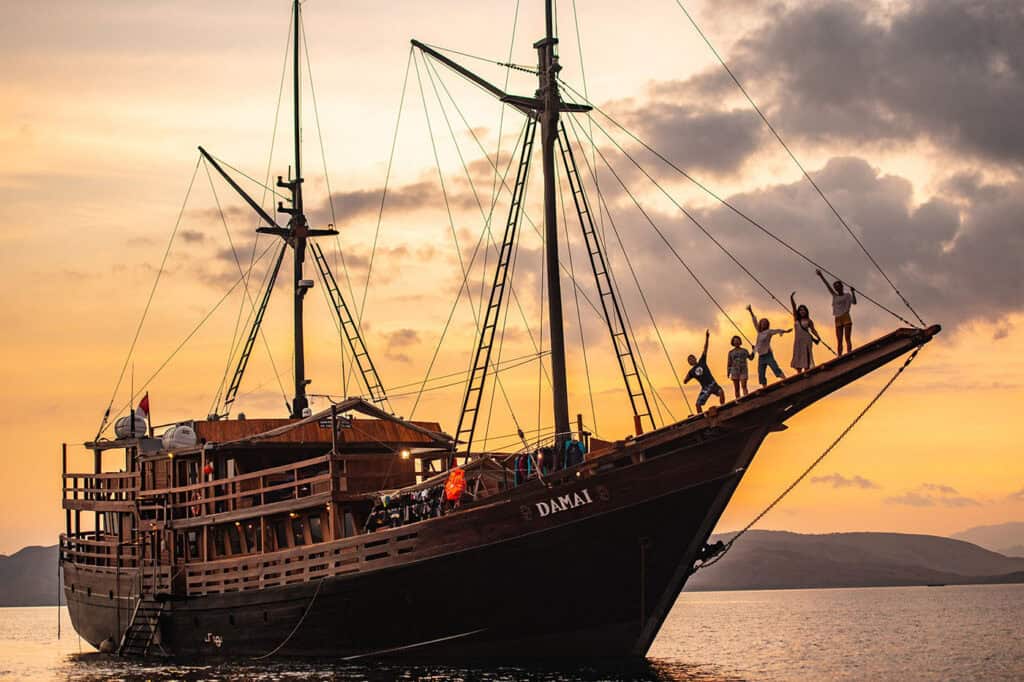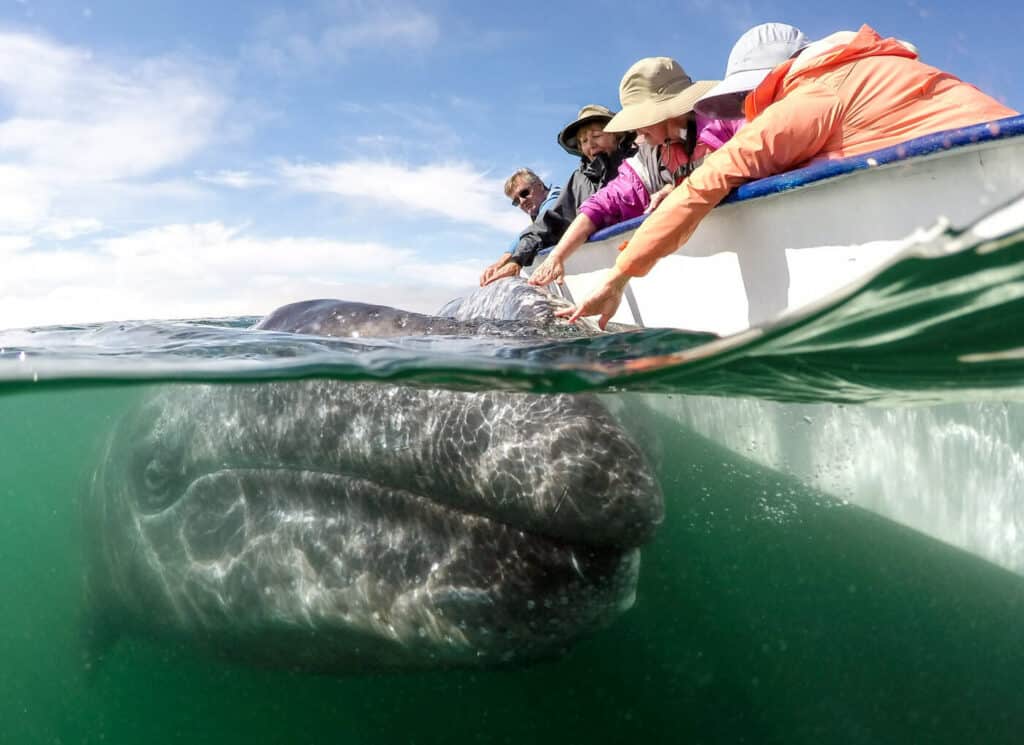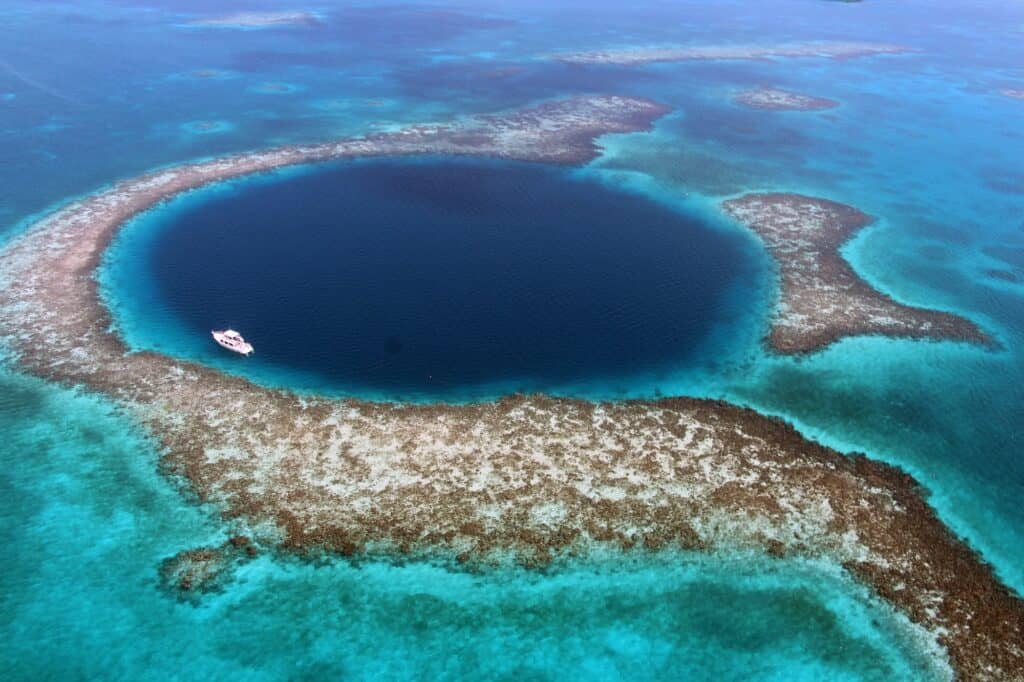September 12, 2016 • News Announcements, Ocean Facts, Program Updates
Like human fingerprints, no two whale tails are exactly the same. Just as the swirls and grooves on our fingertips are unique, so are the features of the undersides of whales’ flukes, including color, shape, and other physical characteristics, such as barnacles and scars.
As you can see, there’s no mistaking the two flukes pictured
above. The coloring and shapes are noticeably different and there are circular
barnacle scars present on one fluke but not on the other. Due to unique
differences like these, we can identify individual whales out of a huge
population using photographs alone.
This process of obtaining and comparing “fluke IDs” is extremely helpful to researchers because it works like tagging individual whales, but without the invasive process or cost. By identifying individual whales and re-sighting them over time, researchers are able to understand their behaviors and life histories, and monitor populations. And since anyone can take these pictures, fluke identification is also perfect for “citizen science.” Anyone can contribute—you just need to know how.
One way is to create an account with Happywhale, a user-friendly website that brings photographers, fluke IDs, databases, and researchers together. When you upload photos to Happywhale, they are processed through massive fluke ID databases using automatic image analysis software to make positive matches on individual whales. If a match is found, Happywhale will notify you and let you know where, when, and how many times this whale has been seen. Matched whales may even have a given name, like Picasso here, photographed out by the Farallon Islands on August 6, 2016.
The information is also shared with research projects like the Whales of Guerrero Research Project (sponsored by Oceanic Society) and Cascadia Research Collective, who use the data to aid in scientific studies that aim to protect the whales and their habitats. For example, we have photographed whales in San Francisco that our Whales of Guerrero researchers observe in Mexico during winter. Having year-round information on where these humpbacks go can help us better understand their behavior over time and identify any new or recurring trends in the population.
With fluke identification anyone can be a citizen scientist and an active conservationist. Make a Happywhale account, grab your camera, and join Oceanic Society on one of our whale watching trips. Oceanic Society whale watchers can also submit their fluke ID photos to Oceanic Society and we will upload them using our account. You will start making positive IDs in no time and the photos you contribute can help researchers better understand whales around the world.

